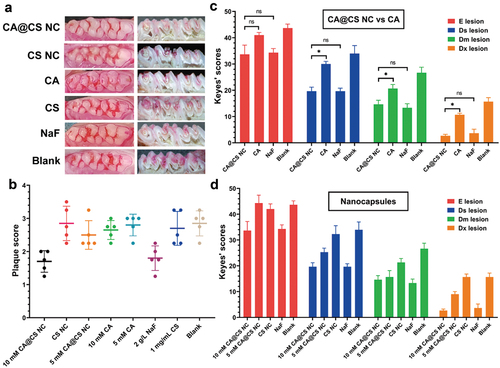Figures & data
Scheme 1. (a) CA@CS NC has a positively potential surface and continuously releases CA. (b) CA@CS NC can inhibit dental plaque to protect teeth. (c) At the same time, it can adsorb S. mutans through electrostatic interaction and slowly release CA, thereby inhibiting bacterial growth, acid production, biofilm formation and other risk factors leading to dental caries.
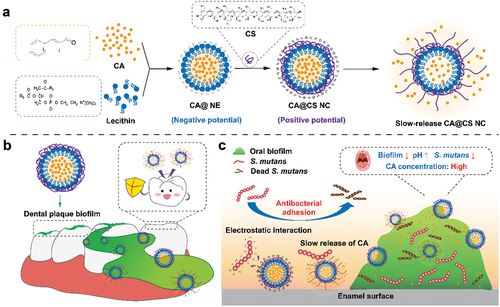
Table 1. Nucleotide sequences of primers used in qRT-PCR and based on S. mutans genome database (NCBI).
Scheme 2. The scheme design of this study. To evaluate the anti-caries effects of nanomaterials and related drugs in a modified caries rat model.
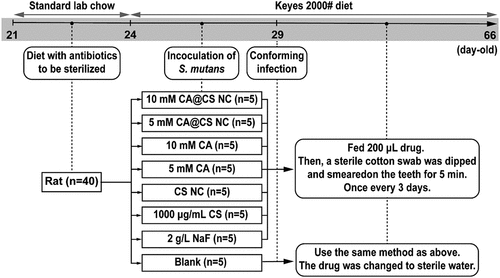
Figure 1. (a) Representative TEM images of CS NC. (b) The CA concentration standard curve. (c) The cumulative release of 10 mM CA@CS NC. (d) Schematic representation of the nanomaterials and related agents with abbreviations.

Table 2. Size and ζ- potential of nanomaterials and S. mutans. And the changes of 5 mM CA@CS NC bound with S. mutans.
Figure 2. (a) Effects of composition of different drugs on the growth curve of S. mutans. (b) Effect of different drugs on acid production. (c) 1 mM CA@CS NC regulate the expression of genes related to S. mutans. (d) Inhibitory effect of different drugs components on biofilms of S. mutans.
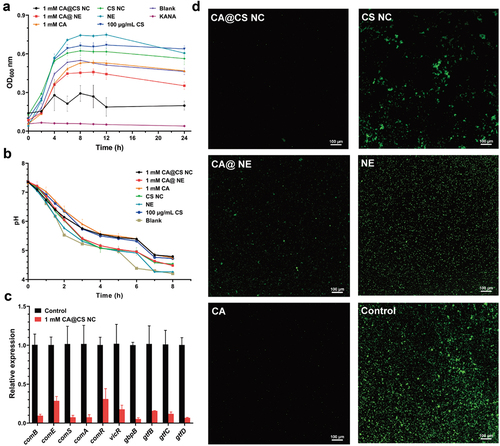
Figure 3. (a) In vitro cytotoxicity assay of CA@CS NC and CA. (b) Rat body weight changes and (c) Organ index in the rat model. (d) HE stained sections of rat liver, stomach and submandibular gland.
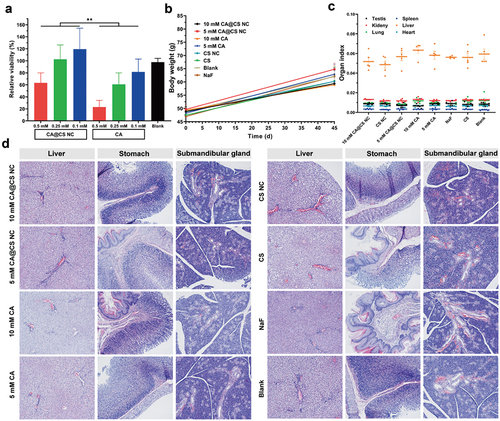
Figure 4. (a) the smooth surface of the tooth after plaque staining, and the section of the tooth after Keyes score staining. (b) Dental plaque staining in rats. (c) Comparison of the lesion of caries between CA@CS NC and CA (d) Effect of CA concentration in the nanocapsules system on Keyes’ scores.
